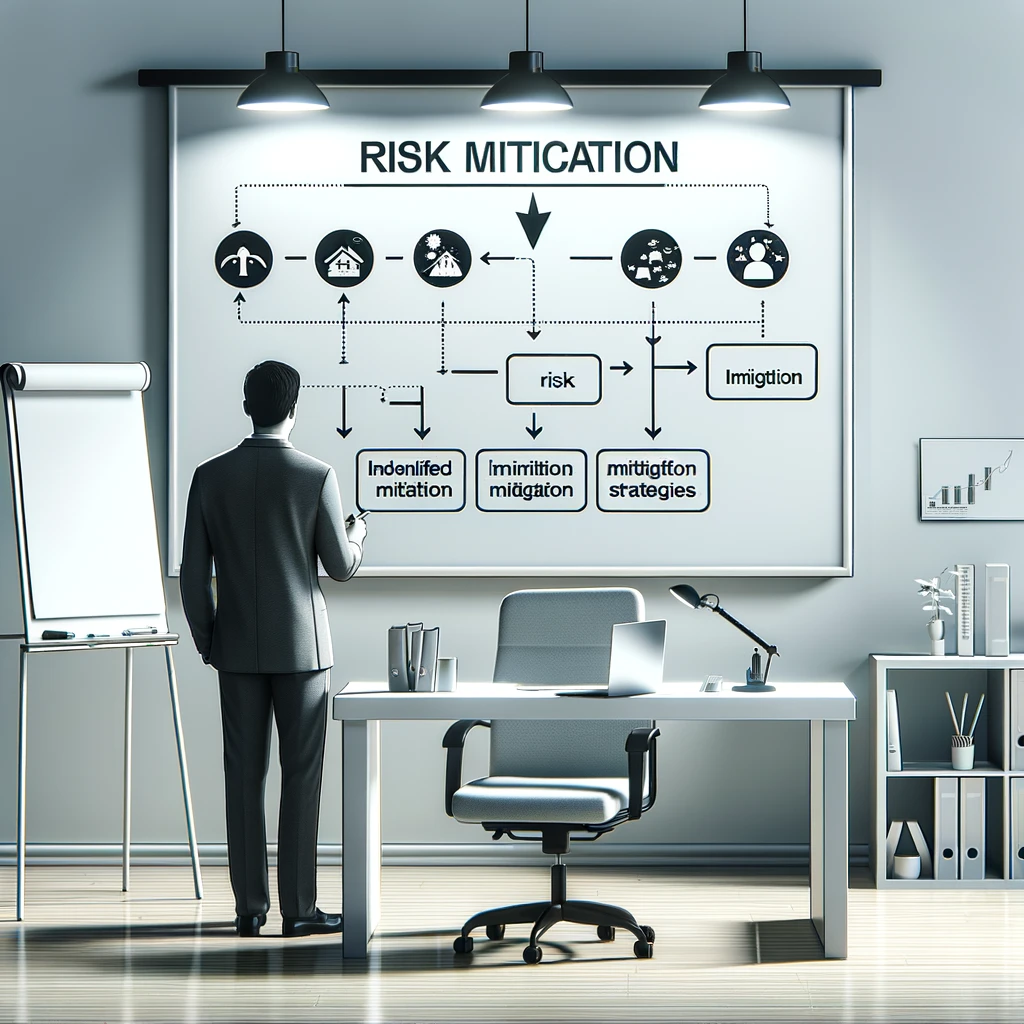In the realm of project management, navigating through uncertainties and potential threats is a critical component of ensuring successful project delivery. This is where risk mitigation comes into play. Risk mitigation involves identifying, assessing, and implementing strategies to manage risks, thereby minimizing their impact on project outcomes. In this blog post, we will explore the concept of risk mitigation, its importance, and the key strategies involved.
Understanding Risk Mitigation
Risk mitigation in project management is the process of developing options and actions to enhance opportunities and reduce threats to project objectives. It is a proactive approach that aims to minimize the negative effects of potential risks by preparing and planning for them in advance.
The Importance of Risk Mitigation
Effective risk mitigation is vital for several reasons:
- Enhances Project Success: By addressing potential risks early, the likelihood of project success increases as issues can be managed before they escalate.
- Cost Control: Mitigating risks can help avoid cost overruns by preventing or minimizing the impact of unforeseen events.
- Time Management: Proactive risk management helps keep the project on schedule by anticipating and addressing delays before they occur.
- Stakeholder Confidence: Demonstrating a thorough risk management plan builds confidence among stakeholders, showing that the project is well-planned and managed.
Key Steps in Risk Mitigation
- Risk Identification:
- Definition: The process of recognizing potential risks that could affect the project.
- Techniques: Use brainstorming sessions, checklists, interviews, and risk assessment tools. Involving team members and stakeholders provides a comprehensive view of potential risks.
- Risk Analysis:
- Definition: Evaluating identified risks to understand their potential impact and likelihood.
- Techniques: Use qualitative methods (such as risk probability and impact matrix) and quantitative methods (like Monte Carlo simulations or sensitivity analysis) to assess risks.
- Risk Prioritization:
- Definition: Ranking risks based on their potential impact and likelihood to determine which ones need immediate attention.
- Techniques: Develop a risk matrix to prioritize risks, focusing on those with the highest impact and probability.
- Risk Response Planning:
- Definition: Developing strategies to address identified risks.
- Strategies:
- Avoidance: Altering project plans to eliminate the risk or its impact.
- Mitigation: Taking actions to reduce the likelihood or impact of the risk.
- Transfer: Shifting the risk to a third party (e.g., through insurance or outsourcing).
- Acceptance: Acknowledging the risk and preparing to manage its impact if it occurs.
- Implementation of Risk Responses:
- Definition: Executing the planned risk response strategies.
- Approach: Assign risk owners who are responsible for implementing specific risk responses. Ensure that the responses are integrated into the project plan.
- Monitoring and Reviewing:
- Definition: Continuously tracking identified risks, monitoring residual risks, and identifying new risks.
- Techniques: Use regular risk reviews, status meetings, and risk audits to ensure that risk mitigation strategies remain effective and relevant.
Effective Risk Mitigation Strategies
- Comprehensive Planning: Develop a detailed project plan that includes risk management as a core component. Ensure that all potential risks are identified, analyzed, and prioritized.
- Regular Communication: Maintain open lines of communication with all stakeholders. Keeping everyone informed helps manage expectations and ensures that emerging risks are promptly addressed.
- Flexibility and Adaptability: Be prepared to adapt project plans in response to changing circumstances and emerging risks. Agile project management methodologies can be particularly effective.
- Continuous Training: Equip your project team with the necessary skills and knowledge to identify and manage risks. Ongoing training and professional development are crucial.
- Utilization of Technology: Leverage project management tools and software that offer risk management functionalities. These tools can help track, analyze, and respond to risks in real-time.
Conclusion
Risk mitigation is an essential aspect of project management that involves proactive planning and strategic action to manage potential threats. By effectively identifying, analyzing, prioritizing, and responding to risks, project managers can enhance their ability to deliver successful projects on time and within budget. Remember, effective risk management is not about eliminating risks entirely but about managing them in a way that minimizes their impact and maximizes project success.

